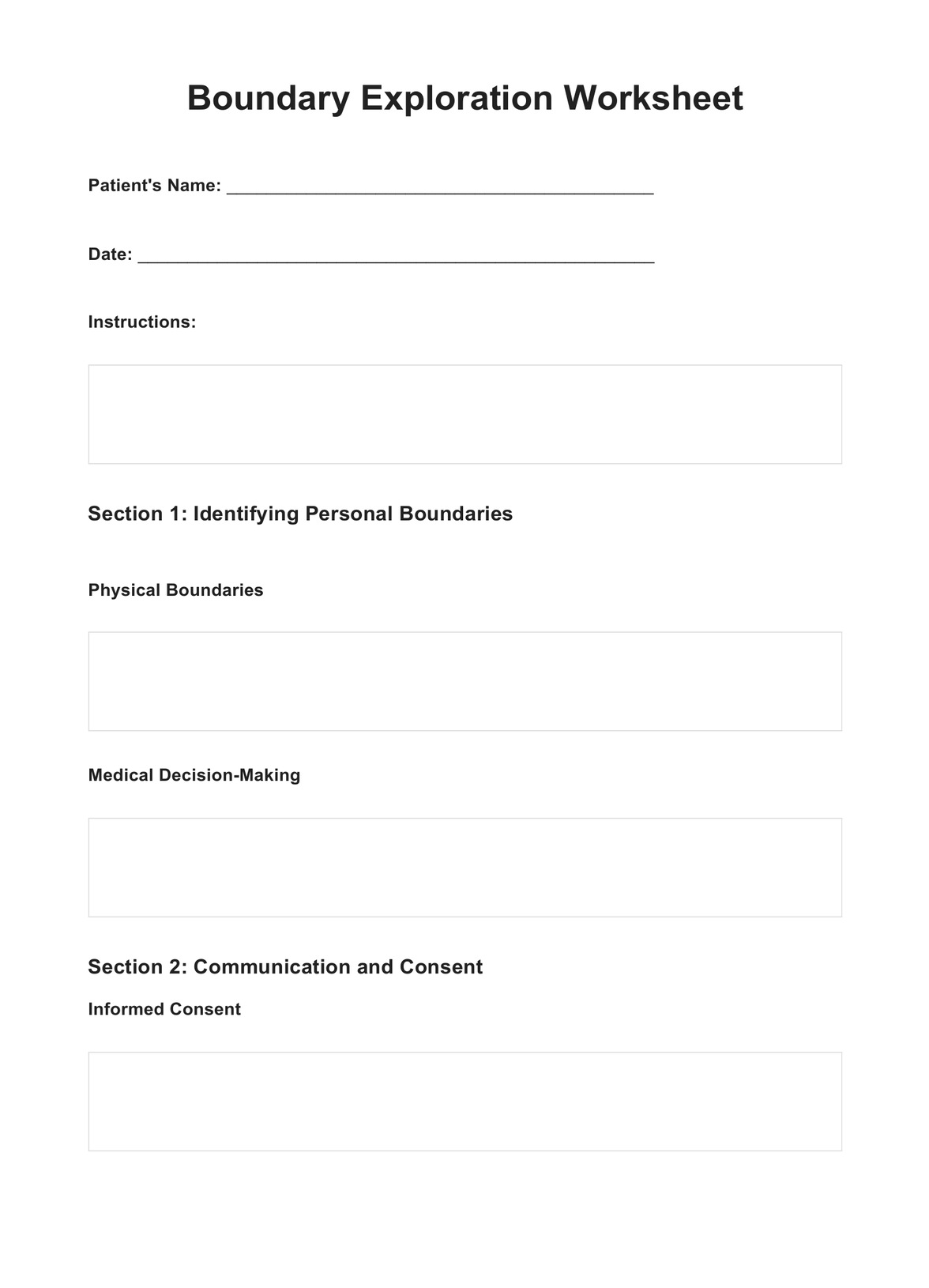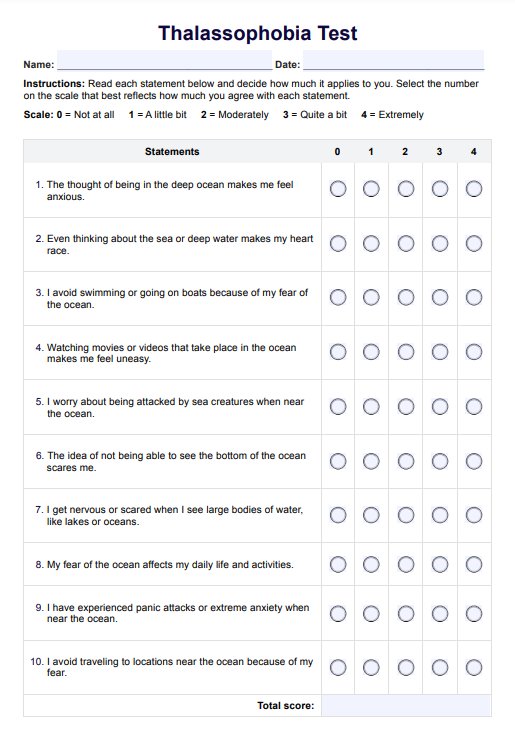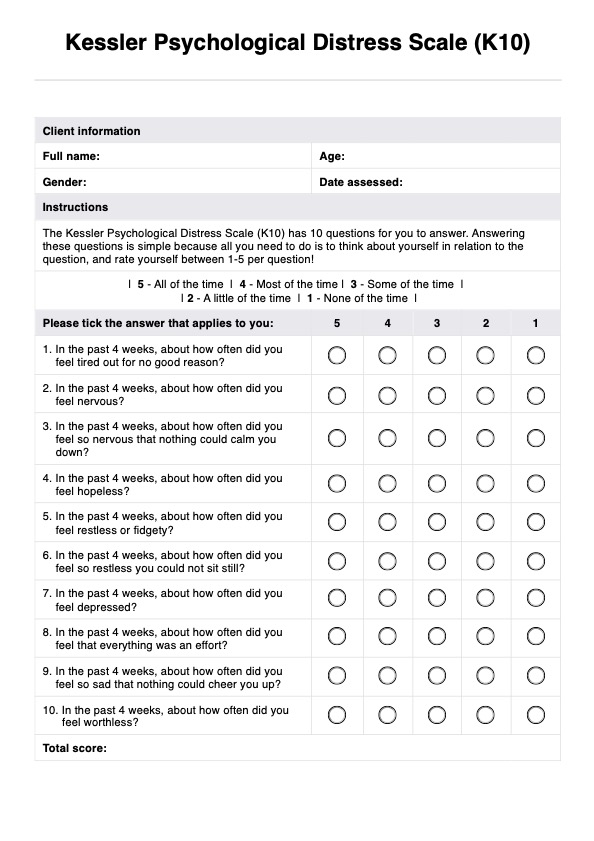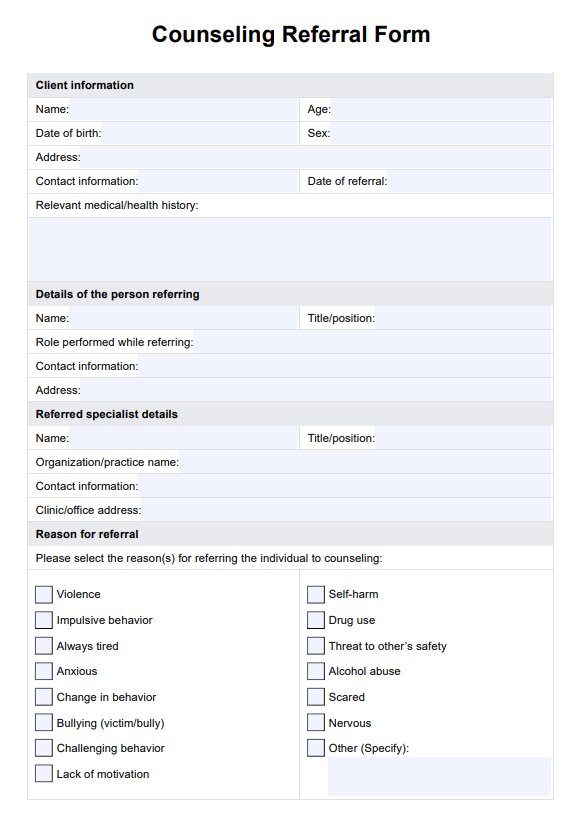Bonding Assessments
Enhance relationships and child well-being through bonding assessments. Discover how professionals use these tools to understand parent-child dynamics.


What is a Bonding Assessment?
The significance of bonding in parent-child relationships cannot be underestimated, and bonding assessment is a pivotal tool designed to measure the depth and quality of the connection between caregivers and children. This evaluation measures attachment levels and assesses the parent or caregiver's capability to fulfill the child's emotional and developmental requirements.
Various , such as the Parental Bonding Instrument (PBI), Attachment Q-Set (AQS), Strange Situation, and Mother-Child Bonding Inventory (MCBI), encompass a combination of self-report surveys, interviews, and observations to comprehensively comprehend parent-child dynamics. The results of these assessments are essential in identifying potential relationship issues and devising effective strategies for improvement.
Bonding assessments have diverse applications, including healthcare settings like hospitals and pediatric clinics, as well as foster care agencies and family courts. They prove especially invaluable in ensuring child safety, facilitating adoption or foster care placements, and aiding parents seeking guidance in honing their parenting skills.
By leveraging bonding assessments, the groundwork is laid for robust, nurturing, and enduring parent-child bonds, acting as the cornerstone for a child's wholesome development. Whether a concerned parent is seeking insights or a child-focused professional, bonding assessment checklist can provide an indispensable resource to foster resilient, nurturing relationships that shape a child's well-being.
Bonding Assessments Template
Bonding Assessments Example
How does it work?
Bonding assessments are instrumental tools designed to evaluate and enhance parent-child relationships. The process involves several key steps to comprehensively analyze the attachment dynamics and emotional connection between caregivers and children, contributing to the child's well-being. Here's a detailed look at how bonding assessments work:
Step 1: Obtain Printable Bonding Assessments
The initial step is to procure appropriate bonding assessment tools, such as the Parental Bonding Instrument (PBI) or Attachment Q-Set (AQS). These tools are often available in printable formats from credible sources or professionals.
Step 2: Familiarize with the Assessment
Caregivers and professionals need to thoroughly understand the assessment's purpose, questions, and guidelines. This familiarity ensures accurate and meaningful responses.
Step 3: Create a Conducive Environment
Before commencing the assessment, it's vital to establish an environment that encourages open communication. This facilitates honest and thoughtful responses from both caregivers and children.
Step 4: Complete Questionnaire
Caregivers engage in the assessment by responding to carefully formulated questions that delve into various facets of the parent-child relationship. The questions may encompass emotional availability, responsiveness, trust, and overall satisfaction.
Step 5: Combine Data and Observations
The assessment process typically amalgamates quantitative data obtained from the questionnaire with qualitative observations made by professionals. This combination of insights offers a comprehensive understanding of the attachment dynamics and emotional connection between caregivers and children.
Step 6: Interpret Results and Develop Interventions
Professionals meticulously analyze the collected data to interpret the assessment results. These outcomes help identify the strengths of the parent-child relationship as well as areas that require improvement. Based on these findings, intervention strategies are tailored to enhance the bond, including counseling, support programs, or specific activities to strengthen the relationship.
When would you use this Template?
The Bonding Assessment Template serves as a powerful resource with versatile applications for a range of practitioners working in fields centered around child welfare and psychological well-being. This comprehensive tool proves invaluable in multiple scenarios, allowing relevant professionals to effectively gauge and enhance parent-child relationships.
Pediatric Psychologists and Therapists: Pediatric psychologists and therapists can utilize the Bonding Assessment Template to gain deep insights into the emotional dynamics between parents, caregivers, and children. This resource becomes particularly relevant when addressing behavioral or emotional concerns in children, as it aids in pinpointing potential relationship issues that may contribute to psychological challenges.
Social Workers: Social workers, often involved in child protective services, adoption, and foster care, can employ the Bonding Assessment Template to evaluate the suitability of potential placements. This tool enables them to assess the bond between caregivers and children, ensuring the child's safety and well-being in various care settings.
Family Counselors: Family counselors can incorporate the Bonding Assessment Template to facilitate open dialogue and understanding between family members. Counselors can tailor interventions to enhance communication, trust, and overall family dynamics by identifying areas of strength and areas needing improvement within the parent-child relationship.
Legal Professionals: In legal contexts such as family courts, the Bonding Assessment Template assists legal professionals in making informed decisions regarding custody arrangements or parental rights. By assessing the quality of the parent-child relationship, this resource contributes to ensuring the child's best interests.
Educators and School Counselors: Educators and school counselors can use the Bonding Assessment Template to support children struggling academically or emotionally. Understanding the child's familial relationships through this assessment can guide educators in providing appropriate support and referrals.
Benefits
The utilization of a Free Bonding Assessment offers a host of advantages specifically tailored to practitioners involved in child development, psychology, and family welfare. Here are the key benefits:
Precise Intervention
The assessment equips practitioners with insights into the attachment dynamics between parents and children. This precision enables professionals to craft interventions that directly address the specific bonding challenges, enhancing the emotional connection and overall relationship quality.
Early Intervention
Identifying attachment issues early is pivotal for promoting healthy child development. It facilitates early recognition of potential problems, allowing practitioners to initiate timely interventions that mitigate the risk of prolonged emotional or developmental difficulties.
Tailored Support Plans
The data derived from the assessment enables practitioners to create personalized support plans. These plans are uniquely designed to cater to the strengths and weaknesses within the parent-child bond, fostering an environment conducive to optimal growth.
Collaborative Approach
Utilizing it encourages collaboration among professionals from diverse fields, such as psychology, social work, and pediatrics. This multidisciplinary teamwork ensures a holistic approach to addressing bonding concerns, resulting in well-rounded and comprehensive care for the child.
Evidence-Backed Decisions
Integrating it into practice aligns with evidence-based approaches. Professionals can make informed decisions and implement strategies grounded in empirical insights, thereby increasing the likelihood of positive outcomes and lasting improvements in parent-child relationships.
Cost-Effective Free Bonding Assessment
The accessibility and cost-effectiveness of a free assessment streamline resource allocation. Its ease of use and availability enables practitioners to focus on practical implementation and strategic planning, optimizing their time and resources.
Research & Evidence
Bonding assessments play a pivotal role in understanding and evaluating the parent-child relationship. These tools have been subject to rigorous research and validation, establishing their credibility and reliability in various studies. Here's a glimpse into the research and evidence supporting the effectiveness of several prominent bonding assessments:
The Parental Bonding Instrument (PBI): A widely used self-report questionnaire, the PBI measures the quality of the parent-child relationship. Multiple research studies have demonstrated its validity and reliability, establishing it as a trusted measure of bonding dynamics. Researchers have utilized the PBI to gain insights into attachment and emotional connections within families.
The Attachment Q-Set (AQS): The AQS offers a more intricate bonding evaluation through a set of 90-rated items. Numerous studies have corroborated its validity and reliability, attesting to its effectiveness in assessing the complexities of the parent-child relationship. Researchers have harnessed the AQS to delve into attachment dynamics with a finer granularity.
The Strange Situation: An observational measure of attachment, the Strange Situation test is an extensively validated tool. It has been instrumental in revealing attachment patterns by observing how children interact with strangers and parents. While less prevalent than the PBI or AQS, the Strange Situation remains a robust measure of attachment quality.
The Mother-Child Bonding Inventory (MCBI): The MCBI, a self-report questionnaire, has also undergone thorough research validation. Studies exploring various dimensions of bonding have supported its effectiveness in assessing the mother-child relationship.
References
Ainsworth, M. S., Blehar, M. C., Waters, E., & Wall, S. (1978). Patterns of attachment: A psychological study of the Strange Situation. Hillsdale, NJ: Erlbaum.
George, C., & Solomon, J. (1999). Attachment representations in mothers of children with behavior problems: Links between childhood experiences and adult attachment. Development and Psychopathology, 11(3), 677-699.
Marvin, R. S., & Stewart, R. B. (1990). Attachment theory: Conceptual foundations, research findings, and clinical applications. New York, NY: Guilford Press.
Sroufe, L. A. (1985). Attachment and the development of the self. New York, NY: Guilford Press.
Commonly asked questions
The Bonding Assessment finds utility among various professionals, including psychologists, social workers, child development specialists, pediatricians, family court judges, and foster care agencies.
Bonding assessments are employed in diverse scenarios, such as when child safety is a concern, during adoption or foster care placements, when parents seek parenting guidance, when addressing child behavioral issues, and in the evaluation of developmental disabilities.
The application of bonding assessments varies based on the assessment type and purpose. Generally, they encompass self-report questionnaires, interviews, and observations. Questionnaires gauge caregivers' perceptions of the parent-child relationship, interviews explore interactions and emotions, and observations observe parent-child dynamics. Assessment outcomes identify potential relationship issues, aiding in crafting interventions for improvement.


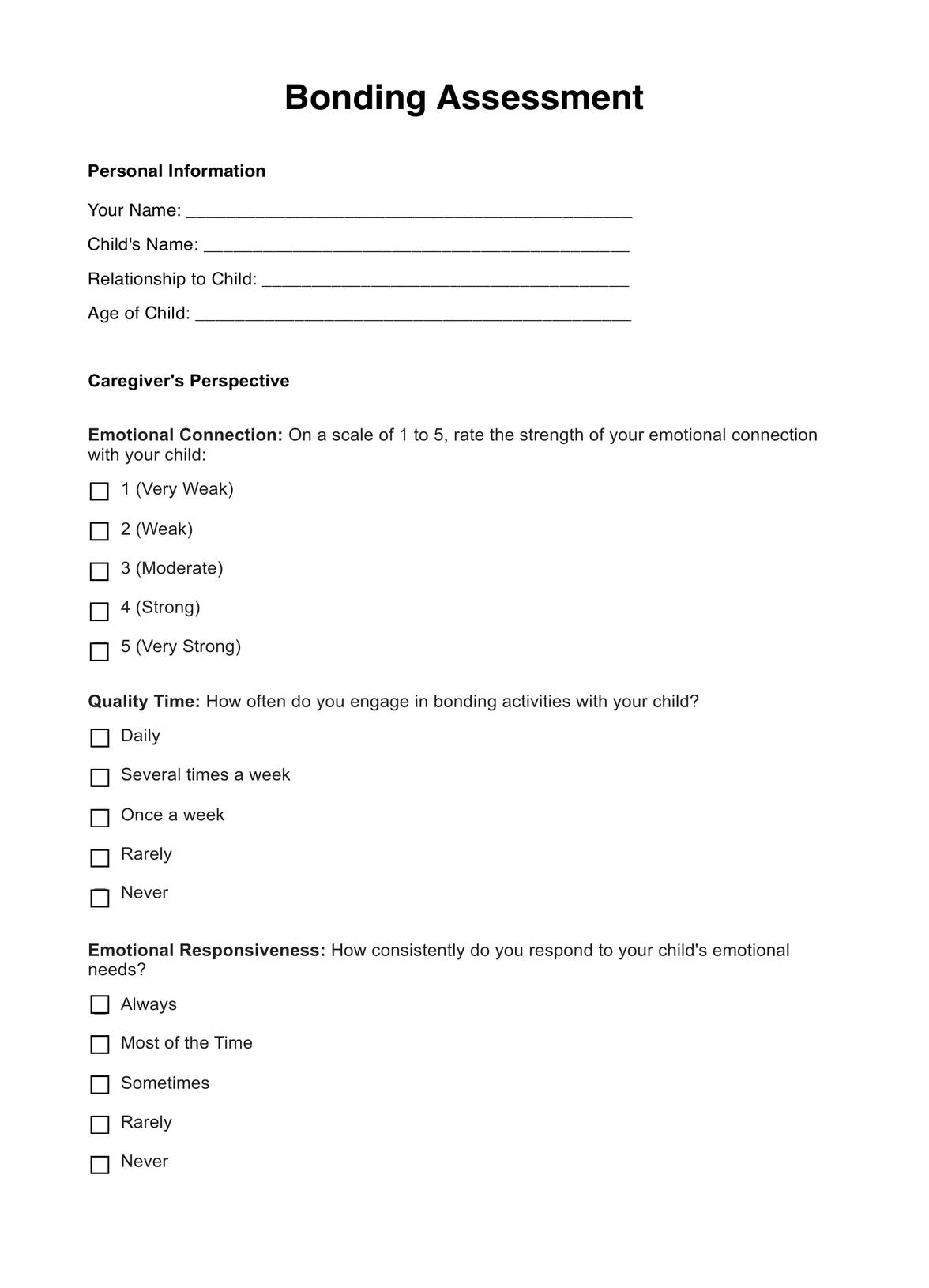
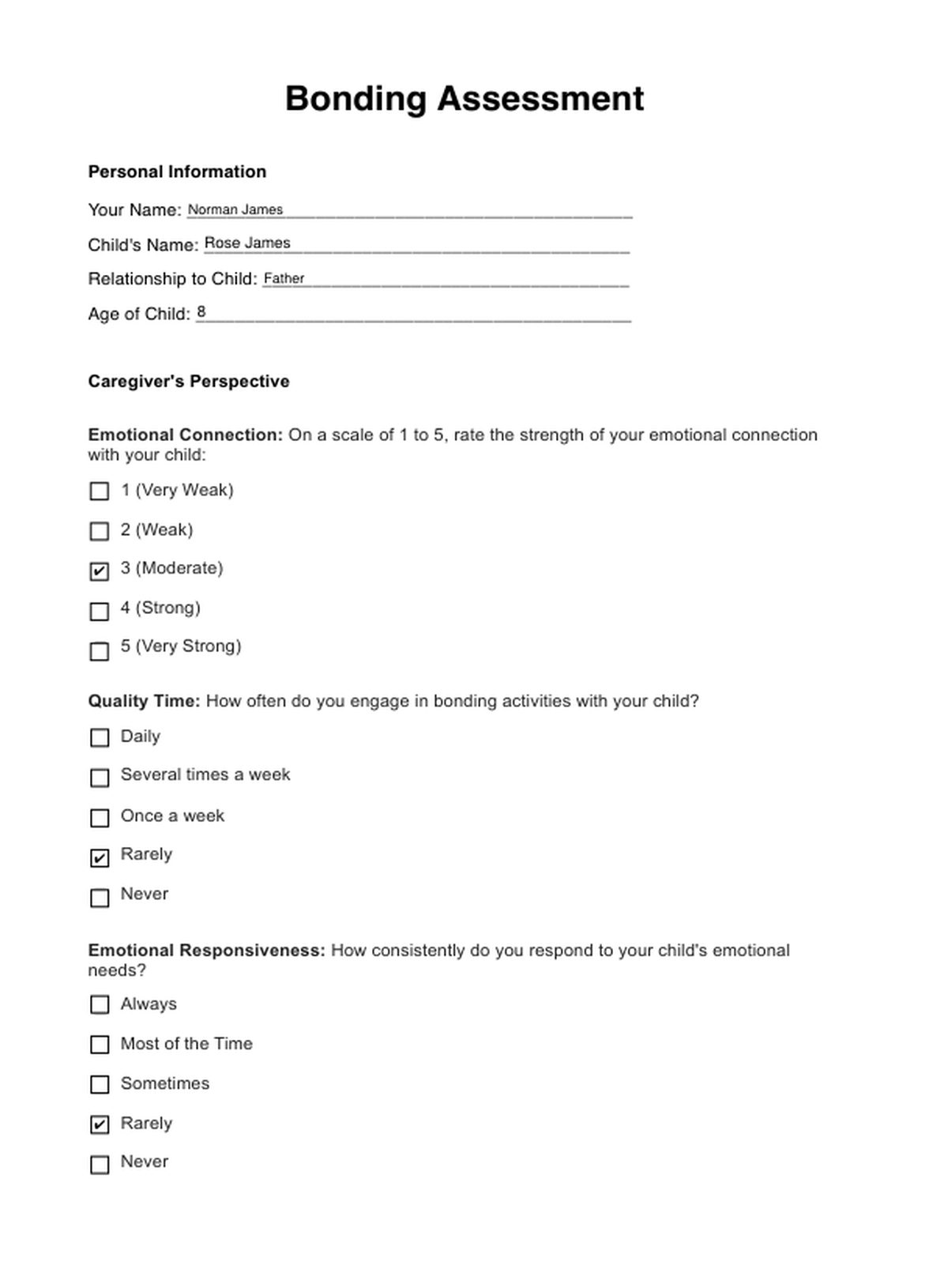














-template.jpg)





























































































